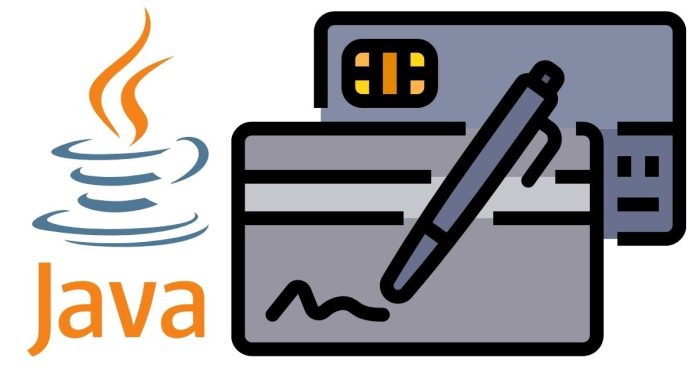In Java, a method signature is a part of a method declaration that uniquely identifies a method within a class or an interface. It consists of the method name and the parameter list (the number, types, and order of parameters). The method signature is crucial in determining which method is invoked during method calls, especially in the context of method overloading.
Components of a Java Method Signature
A Java method signature includes the following:
- Method Name
The name of the method is an identifier that describes what the method does. For example,add,calculate, orgetDetails. - Parameter List
- The parameter list defines the number, types, and order of the parameters a method accepts.
- Parameters can be primitive data types (like
int,double) or objects (likeString,List). - For example:
void display(int x, String name);
What Is Not Part of a Method Signature?
- Return Type:
The return type of a method (e.g.,void,int) is not considered part of the method signature. Two methods cannot have the same signature even if they differ in return type. - Access Modifiers and Exceptions:
Access modifiers (e.g.,public,private) and the exceptions thrown by a method are also not part of the signature.
Example of a Method Signature
Here is an example of a method declaration in Java:
public int calculateSum(int a, int b) {
return a + b;
}
In this case:
- The method name is
calculateSum. - The parameter list is
(int a, int b). - The method signature is:
calculateSum(int, int).
Method Overloading and Method Signature
Method Overloading in Java occurs when multiple methods in the same class share the same name but differ in their parameter lists (method signatures). The compiler distinguishes these methods based on their signatures.
Example of Overloaded Methods:
public class Calculator {
// Method 1: One parameter
public int add(int a) {
return a;
}
// Method 2: Two parameters
public int add(int a, int b) {
return a + b;
}
// Method 3: Three parameters
public int add(int a, int b, int c) {
return a + b + c;
}
}
In the example above:
add(int a)has a different signature thanadd(int a, int b)oradd(int a, int b, int c).- This allows the class to define multiple
addmethods.
Importance of Method Signatures in Java
- Method Invocation
The Java compiler uses method signatures to determine which method to invoke when a method is called. - Method Overloading
Distinguishing methods with the same name but different signatures is essential for supporting overloading. - Polymorphism
Signatures are vital in determining which implementation of a method to execute when dealing with runtime polymorphism. - Readability and Clarity
Using distinct and descriptive method signatures improves code readability and maintainability.
Common Mistakes with Method Signatures
- Misunderstanding Return Types
Since return types are not part of the signature, you cannot overload a method by changing only the return type.// This will cause a compile-time error public int calculate(int a) { return a; } public void calculate(int a) { System.out.println(a); } - Confusion in Parameter Order
Changing the order of parameters changes the method signature.public void display(int a, String b); public void display(String b, int a); // Different signature - Ambiguous Overloading
Overloading methods with parameter types that can lead to implicit type conversion may confuse the compiler.public void print(int a); public void print(long a); // May cause ambiguity for small integer literals
In Java, a method signature uniquely identifies a method within a class or interface. It consists of the method name and parameter list but excludes the return type and access modifiers. Understanding method signatures is essential for working with method overloading, method invocation, and polymorphism. By carefully defining and using method signatures, you can write more organized, efficient, and readable Java programs.


